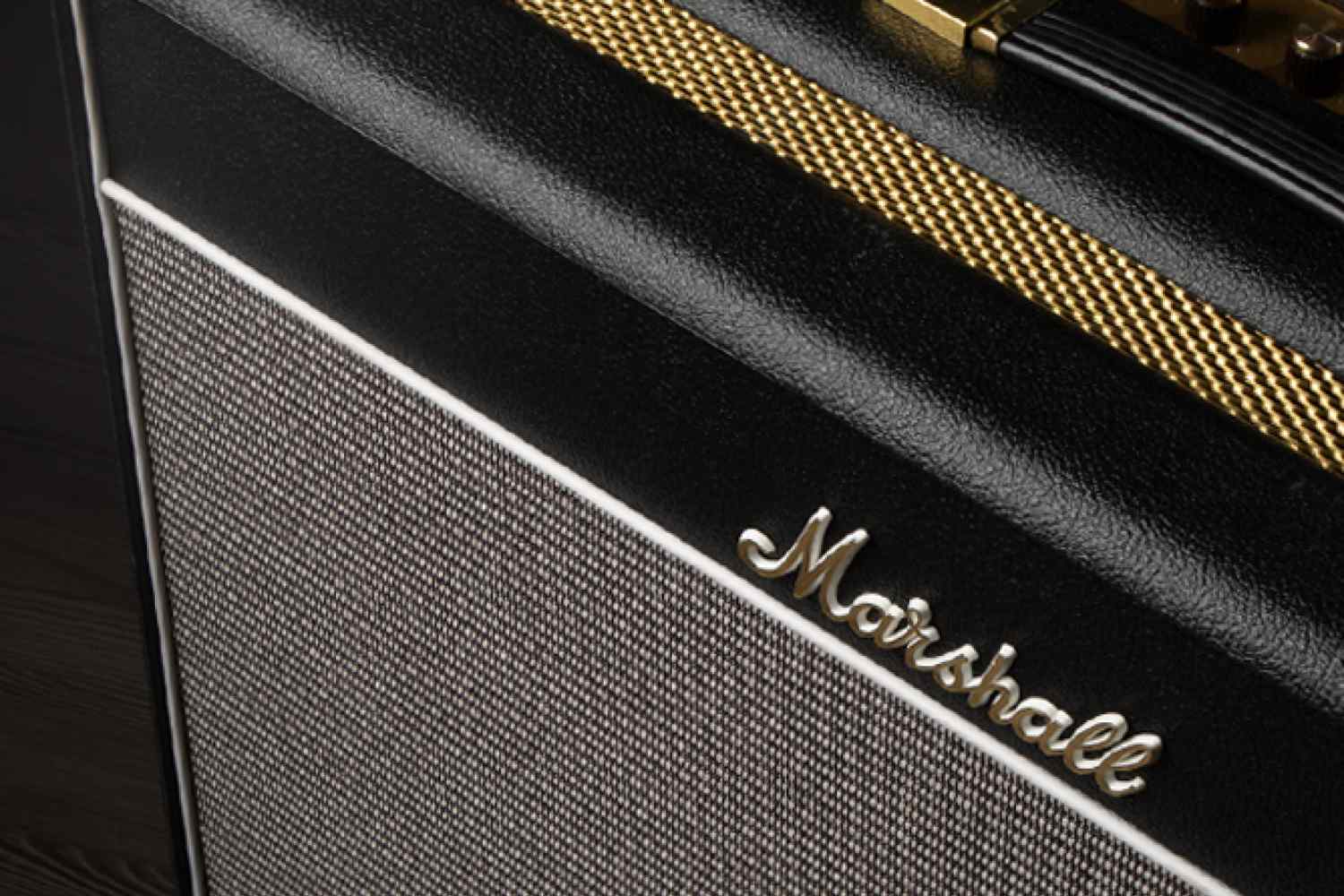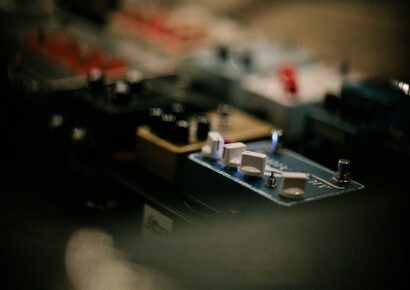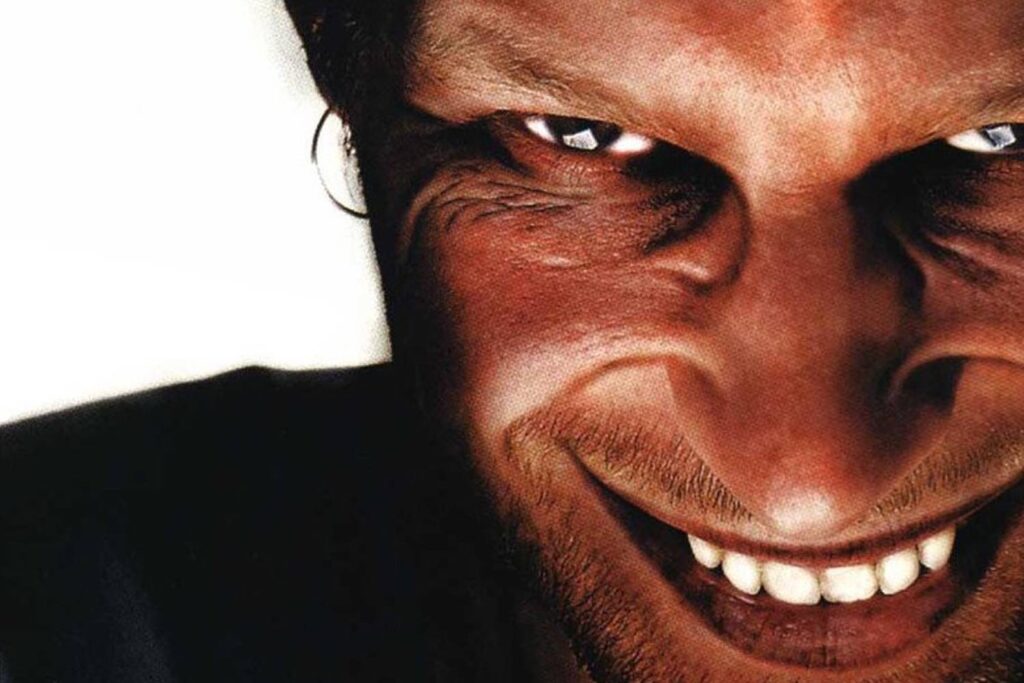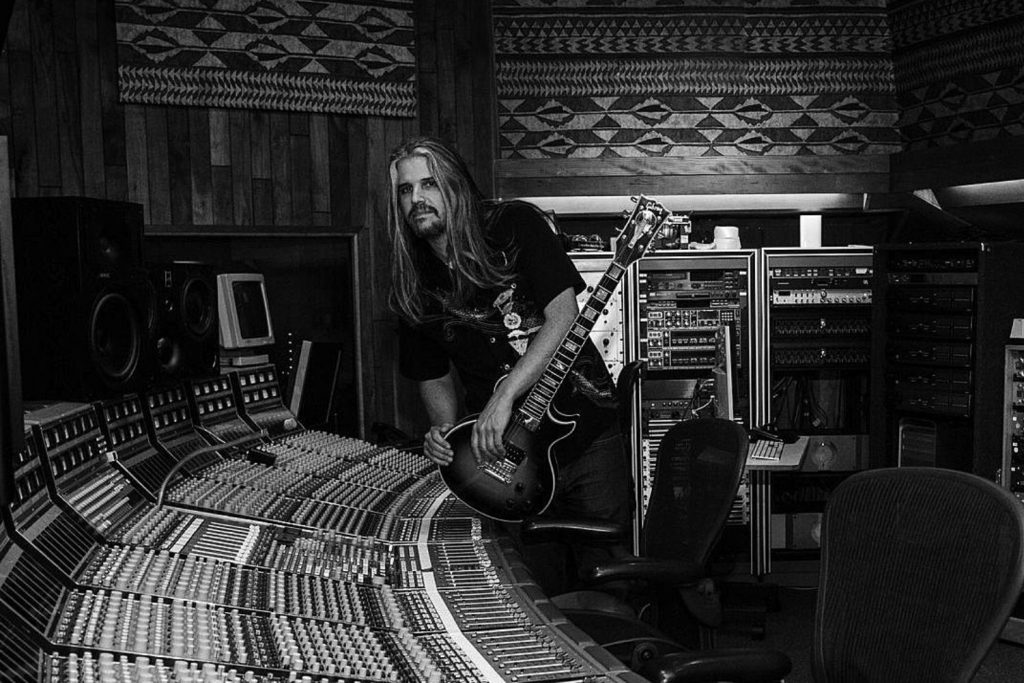Some gear has shifted the course of guitar tone and playing. The colloquially known 'Bluesbreaker' is one of those pieces.
The Marshall Amps Bluesbreaker has a history unlike any other amplifier. The Marshall 1961 and 1962 model amplifiers, released in 1964 (what a consistent and easy to understand way to name their different amp models~) became colloquially renamed the Bluesbreaker after Eric Clapton rejoined John Mayall & the Bluesbreakers, then went on to release Blues Breakers with Eric Clapton, and history was made.
This article was originally published 21.11.2023.
History and origin
Marshall Model 1961
Clapton originally used a Model 1961 with 4×10″ speakers, which was swapped to a 2×12 Model 1962 version, Clapton’s use of a Les Paul Standard through these shaping the sound of the 60s.
What we now refer to as the Bluesbreaker entered the market at an affordable price, notably cheaper than the hugely successful Vox AC30 and the Fender Bassman from across the pond. The Model 1961 and 1962 were produced until 1974, with early models being one of the most valuable and sought after amplifiers on the planet!

Design, sound & circuitry
The original 1961 and 1962 served as a progression of Marshall Amps and their JTM 45, also colloquially known as a ‘Plexi’ model. Borrowing heavily from the JTM circuit, the Model 1961 featured a tremolo and was installed into an open-back design. The Model 1962 was similar, with tremolo and an open-back, though was marketed as the bass model whereas the 1961 was the lead.
Both amplifiers featured a modified Fender Bassman circuit, which became iconic of Marshall, providing the crispness of their American made counterparts, but with a unique midrange and bite now associated with equipment being particularly ‘British’ sounding. The 1961 featured four 10” Celestion speaker, the 1962 featuring two 12” speakers, both in a combo cabinet. A 2×12” extension cabinet was also offered in very limited numbers.
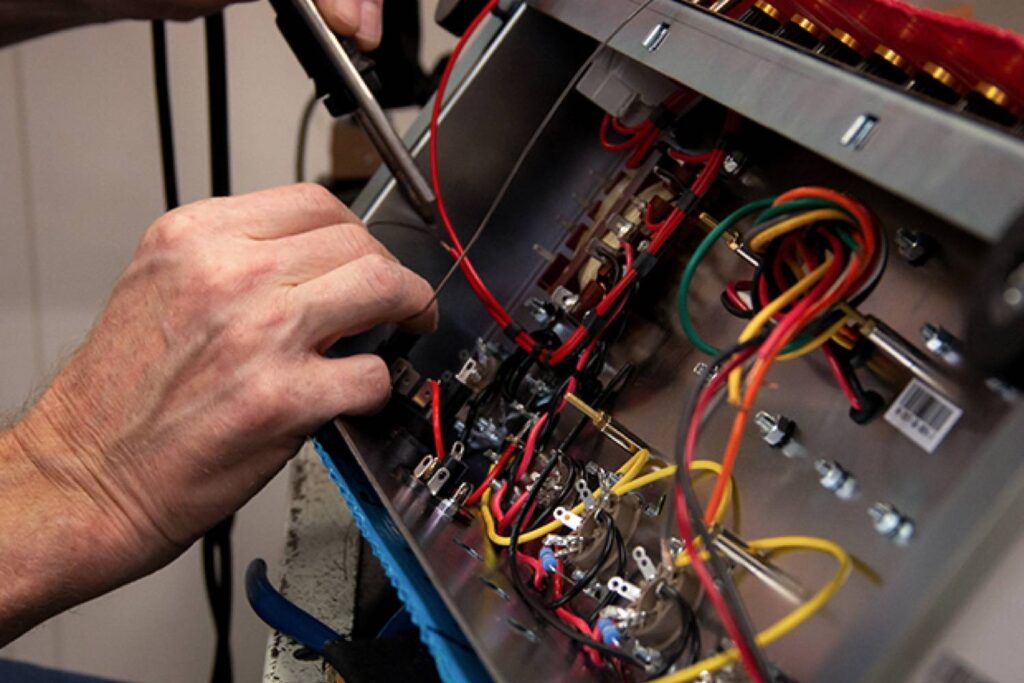
The Bluesbreaker has gone on to be re-issued multiple times, though the 4×10” model hasn’t seen a revamp! There’s a Bluesbreaker pedal available, as well as the Bluesbreaker II being released in 1989 that featured different tubes. The 2245THW was re-issued as part of the Marshall Amps hand-wired series, and features identical circuitry to the original Bluesbreaker.
Bluesbreaker players
Notable users of the Marshall Bluesbreaker include Eric Clapton of course, as well Noel Gallagher of Oasis, Gary Moore and St Vincent to name a few!
Eric Clapton
Clapton is really responsible for the Bluesbreaker having its name. After leaving The Yardbirds (as, unfortunately, some of the other best British guitarists also did!) Clapton shifted to focus on the blues, and joined John Mayall’s band, sometimes known simply as The Bluesbreakers. The band has gone through multiple monikers, though Clapton’s influence on rock on the whole during his tenure is legendary.
The album Blues Breakers with Eric Clapton is a stellar example of the classic tone that went on to become the benchmark for British rock, blues and guitar playing.
Noel Gallagher
Not one to shy away from much, let alone his British-ness, especially when sporting guitars like his Supernova “Union Jack” 335, Gallagher has also used Bluesbreaker extensively. Their loud, boisterous midrange settling them comfortably into Oasis’ rocky, driven sound.
The articulation of Marshall amplifiers pairs well with Gallagher’s penchant for hollow and semi-hollow electrics.
St Vincent
St Vincent is the term ‘rockstar’ personified. Sporting her own unique Ernie Ball Music Man St Vincent, she’s also been playing a Bluesbreaker on her Daddy’s Home tour.
Her riffs switch between clean, jazzy and warm and overtly distorted and 8-bit style fuzz, the Bluesbreaker taking all of this in its stride.
Gary Moore
Gary Moore is British blues royalty. Famously pairing a Les Paul Standard with his Bluesbreakers, Moore used the amps extensively along with a wall of other Marshalls.
Paired with other Marshalls, the Bluesbreaker cuts through, offering something both unique and familiar to the ear. Moore’s playing is hugely influential, his tonality, feel and energy being augmented by the mid-focused grit of Marshall’s classic tone.
Dean Richardson
Dean is one half of Frank Carter & the Rattlesnakes, and has been sporting a pair of Bluesbreakers with a custom wrap and grille! The combos are bolstered with matching Marshall Amps cabinets. Frank Carter & the Rattlesnakes toe the line between punk, rock and new wave, the Bluesbreakers offering a clear, articulate palette for his guitar to jump between clean, gritty and all-out distortion and fuzz.
For local enquiries, visit Electric Factory.
